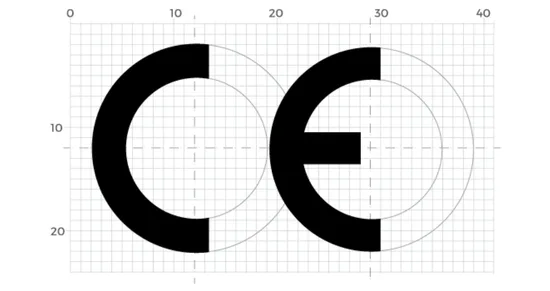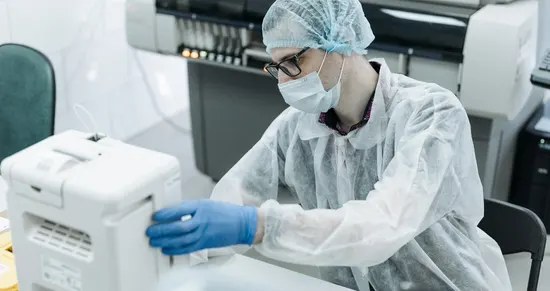Definition
“Common specifications’ means a set of technical and/or clinical requirements, other than a standard, that provides a means of complying with the legal obligations applicable to a device, process or system.”
Purpose
The concept of Common Specifications has been introduced in the new MDR and IVDR. They are defined as a set of technical and/or clinical requirements — other than a standard — that provide a means of complying with the legal obligations applicable to a medical device, process, or system when no harmonized standards exist, when relevant harmonized standards are not sufficient, or when there is a need to address public health concerns.
Common specifications (‘CS’) should be developed after consulting the relevant stakeholders and taking account of European and international standards.”
Devices that conform to a Common Specification MDR are presumed to conform with the regulatory requirements covered by that common specification — similar to the approach with harmonized standards. But, the MDR and IVDR state that compliance with Common Specifications is mandatory, unless the manufacturers can justify an equivalent level of safety and performance through other methods.
Harmonised standards
The use of harmonized standards is good practice in order to presume to be in conformity with the General Safety and Performance Requirements. But in case relevant harmonized standards are considered not sufficient, or perhaps even not existing, the Commission may adopt Common Specifications in EU MDR which will have the same use as the harmonized standards. Specifically, regarding IVDs, current Common Technical Specifications may be replaced by such Common Specifications in EU MDR.
EU regulations on medical devices
EU MDR 2017/745
Article 105 defines the tasks of the Medical Device Coordination Group (MDCG). One task, amongst others, is to contribute to the development of standards, common specifications and of scientific guidelines, including product specific guidelines.
Key Concerns of Common Specifications Under EU MDR
Clinical Investigation, Evaluation, and Follow-up Requirements
The need for focusing on the Clinical safety and performance is the main aim of EU MDR. Hence the regulations have been enforced to comply with the regulatory requirements to enter the market and also sustain the certification obtained.
Risk Management for Medical Device
The Risk Management Standard ISO 14971:2007 currently is undergoing a minor revision and is on track for publication. Definitions in this most recent version have been updated, and some requirements are clarified, such as: overall risk, risk management reporting, and the management of both production and post-production information.
Medical Device Testing
Performance assessment and performance testing after having placed the device on the market
General safety and performance requirements (GSPR)
General safety and performance requirements, including physical and chemical characterization, microbiological and biocompatibility tests as well as mechanical, electric, electronic or non-clinical toxicology studies.
Technical documentation for Medical Device
Processing – Verification, Validation and Quality Management
Reporting
Requirements Concerning the Manufacturers
Compliance with common specifications of EU MDR
Manufacturers must comply with Common Specifications (CS) as defined in EU MDR. Article 9 only allows for an exemption if manufacturers “can duly justify that they have adopted solutions that ensure a level of safety and performance that is at least equivalent thereto”.
In general, it will be impossible to provide such evidence. Thereby, common specifications take on a legal character.
Common specifications in declarations of conformity
In their declaration of conformity, manufacturers must specify common specifications (CS) as well as the harmonized standards with which they comply (Article 10).
Common Specifications for Products and Quality Management Systems
If necessary, manufacturers must not only pay attention to products’ but also the quality management system’s conformity with common specifications.
Common Specifications in the summary report
The summary report on safety and clinical performance must indicate all harmonized standards and applied common specifications (CS).
Plan for clinical follow-up
The plan for clinical follow-up after the medical device placing on the market, too, must contain references to all applicable common specifications and harmonized standards.
Maven Profcon: Compliant with Common Specifications
At Maven Profcon, we excel in guiding manufacturers through compliance with Common Specifications under EU MDR and IVDR. Our expert team ensures seamless integration of CS into technical documentation, quality management systems, and declarations of conformity, empowering clients to meet regulatory requirements with confidence and achieve market readiness efficiently.






